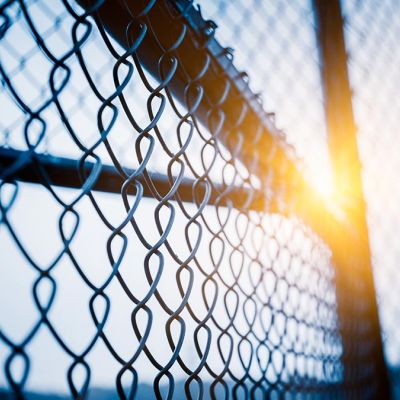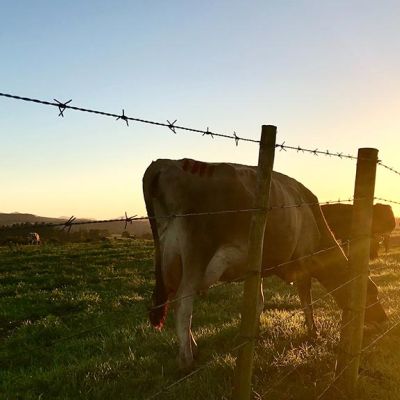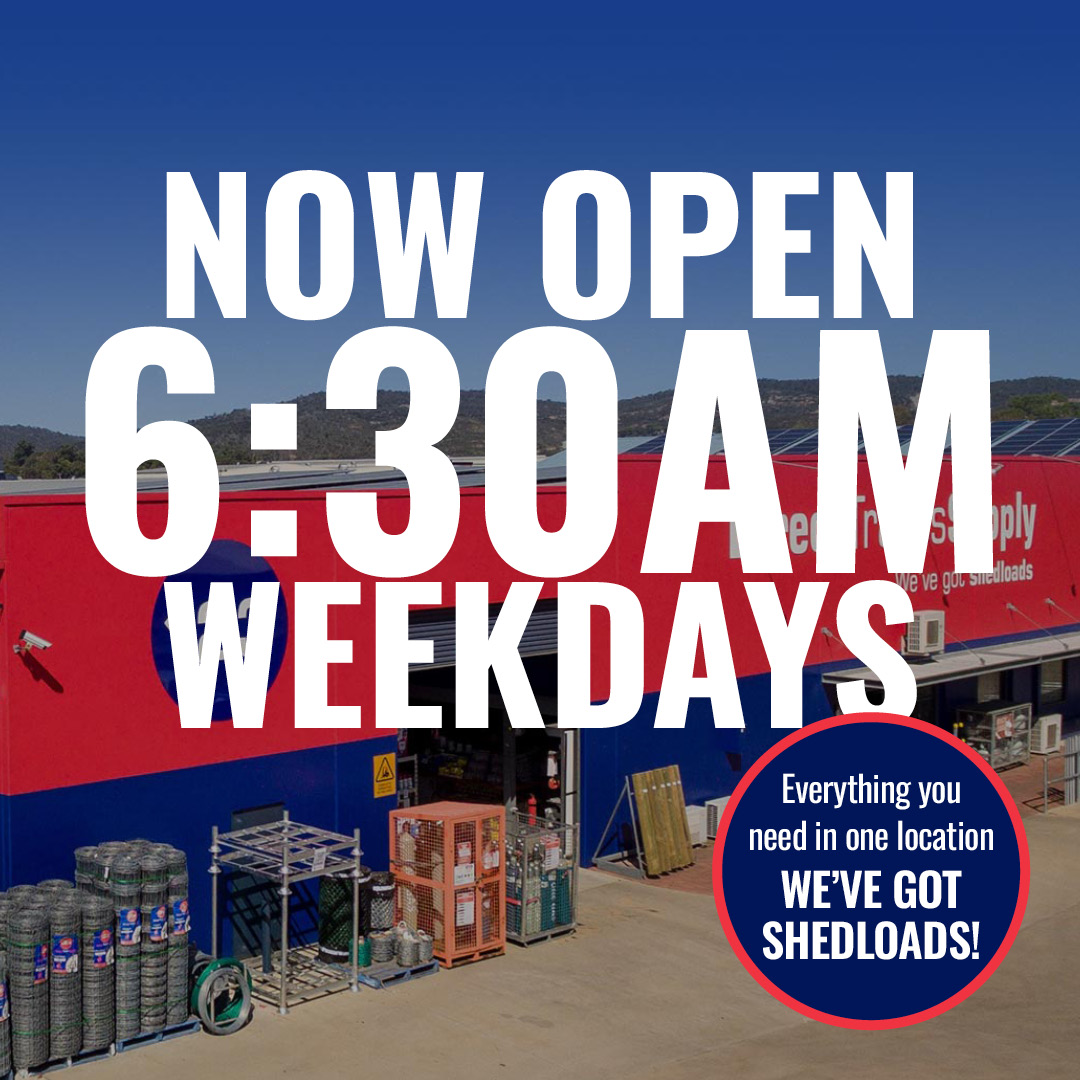WANT A GREAT DEAL?
Add products & we'll be in touch soon!

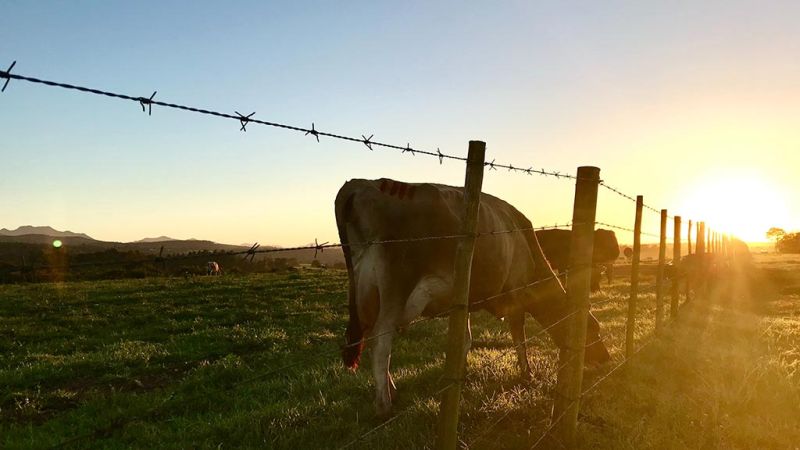
A Guide to Livestock Fencing for Your Property
However, if you’re a first-time farm owner, the idea of putting a fence on your property could easily get overwhelming. After all, it’s not just about buying some posts and wires and placing them around your property. If you want your livestock fence to be effective, you must plan and execute everything properly. Here’s your guide to everything that you need to learn about livestock fencing for your property.
The fence that you need based on your livestock
The type of fence you will use for your property will depend on the livestock on it. Since livestock protection is of utmost importance, it’s essential to consider the particular requirements for the livestock that you have.
Cattle
You can use standard fences with metal fence posts if you’re raising cattle. What you need to consider here is the type of material that you will use to ensure longevity. Although barbed or woven wire fences have been used widely, high-tensile fencing is now gaining more popularity. You also must ensure that the fence height is at least 137 centimetres.
Now, if you’re trying to separate cows from bulls, you need to invest in heavy-duty posts to get the job done effectively. As a general rule, you’ll need to use metal fence posts and thick-gauge wires for this type of fence, but you can also consider using electric fencing.
Since you’re trying to separate large livestock, it’s vital to build a wall at least 1.5 metres tall to prevent escape and strong enough to last for many years, even with heavy-duty usage, including your rural gates.
Horse
Horses are tall and robust animals, so your primary purpose for livestock fencing is visibility. But since horses tend to spend their time close to the fence, you need to avoid anything that could cause them harm. For instance, high-tensile wired fences are a big no-no in horse paddocks because they can easily get entangled in the strands as well as inflict injuries.
In most cases, board fencing is ideal when raising horses, along with a horse gate latch for added security. Although this is more expensive than other options, it ensures that your horses will be safe and secure.
However, if you still don’t have the budget for board fencing, you can still use high-tensile like ribbons and lighting to help the horses see the fence properly.
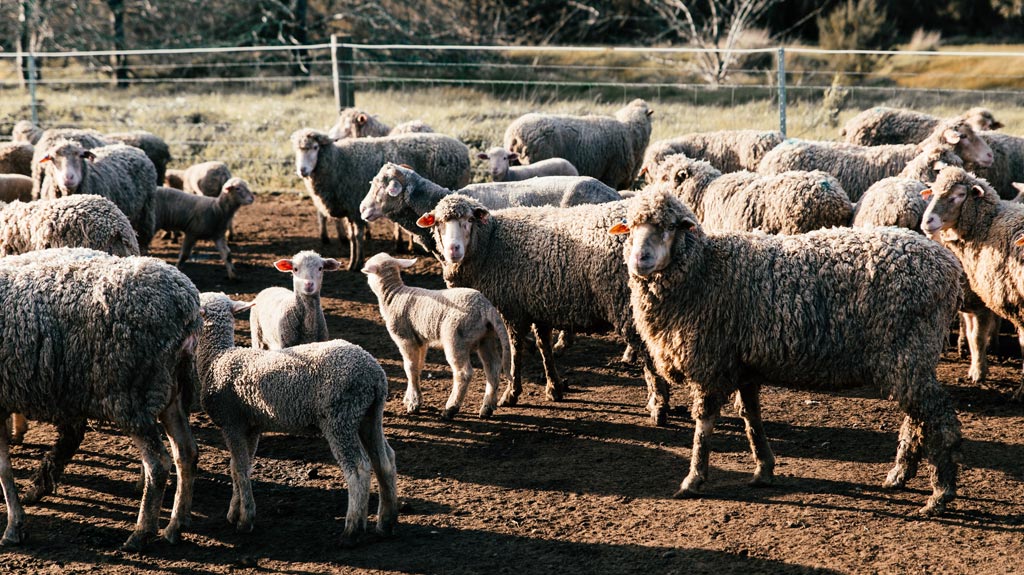
Goat and sheep
Goats and sheep are a lot smaller than horses and cattle, so you don’t need to build a tall fence for them. But what you need to consider when building livestock fencing for these animals is predator control. Goats and sheep are highly attractive to predators since they’re smaller and easier to attack, especially when separated from their herd.
In this case, electric fencing is the most effective way to keep predators away from your goats and sheep. Just make sure to invest in high-quality electric fencing supplies so you won’t meet problems down the line. Never use barbed wire, especially when raising sheep, as it can easily become covered with wool.
Pigs
Raising pigs can be tricky because even if they’re smaller, they’re also very smart to root underneath your fence to try to escape, so that’s your primary consideration when building livestock fencing for them. Your fence doesn’t need to be too high, but you should consider using barbed wire fencing very close to the ground to prevent rooting.
Pig fencing will be used heavily, so you need to ensure that you’re investing in the best metal fence posts and the right wire fencing tools and accessories. This will help you guarantee longevity and avoid any escapes from your pigs.
Choosing the correct type of fence
Now that you have an idea about the types of fences that you can use depending on your livestock, it’s time to learn about the best fences to invest in. Remember that fencing is a sizeable investment, so you want to make sure you’re choosing the right one for your farm.
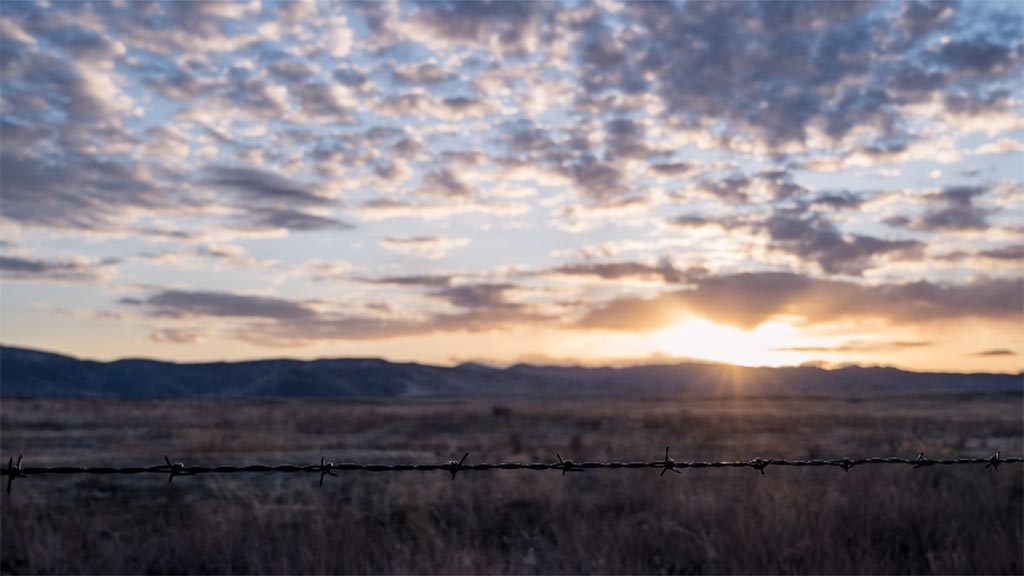
Barbed wire fencing
The most common type of fencing consists of two or more strands of galvanized-coated wire twisted together with two or more barbs placed 10 to 12 centimetres apart. A standard barbed wire fence has 4 to 6 strands stretched between posts, ideally 4 to 7 metres apart. Some farmers also use welded wire mesh as part of a barbed wire fence. You can also use a hinge joint mesh to add tension to the fence, so it sways when livestock hits it to discourage them from fighting it.
Woven wire fencing
Another common type of fencing consists of woven wires placed horizontally and held together by vertical wires called stays. The distance between these wires will depend on the height of the fence and the type of animals you’re raising. You can also use wire netting and rabbit mesh to add more strength and efficiency to your woven wire fencing.
Board fencing
Also known as paddock or boundary fencing, board fencing is safe for animals and highly durable, which is why it’s used as border fencing around a house or farm. This type of fence consists of 2 to 5 centimetre-thick board fences that are nailed to wooden posts placed 2 to 3 metres apart. Board fences are generally built to be 1 to 1.5 metres tall, but you can go higher depending on your needs.
You can also use this along with rural gates to make the perimeter of your farm look attractive. But since you’re using lumber for board fencing, you can expect the costs to be significantly higher than wire fencing.
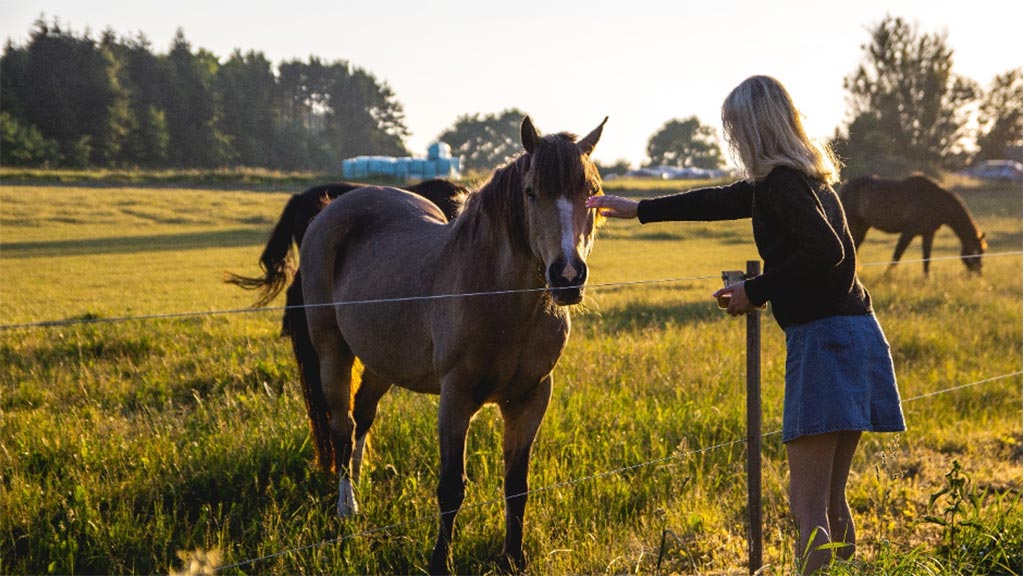
Cable fencing
Cable fencing is another expensive type primarily used for important confinement areas like feed lots, corrals, and pens. Cable fencing consists of smooth steel wire cables that are placed between anchor metal fence posts.
You can also see a hinge or knotted joint field mesh being used at the end of these cables to absorb the shock delivered to the wires as the animals try to press on against them. You have the option to use as many cables as you want for this type of fence, although six lines are ideal for larger animals.
High-tensile fencing
First introduced in Australia and New Zealand, high-tensile fencing is widely used worldwide because it’s highly durable, easier to construct, costs much less than most fences, and requires little maintenance. What makes it unique is that you can easily wrap, bend, or tie it in knots. High-tensile fencing is usually stretched around metal fence posts, fibreglass posts or wood posts. You can also use it together with electric fencing for predator control.
Electric fencing
Finally, there’s electric fencing, which is considered the most efficient type since it can keep your animals within your property and keep predators out of it. Electric fences are inexpensive yet durable, especially if you invest in the right supplies.
The primary consideration for electric fencing is how well it needs to be constructed. You need to consider how it will absorb the impact of the livestock. Also, think about the right amount of power to run through the fence length to keep the predators out.
Aside from the fence itself, you also need an electric fence controller to energize your wire. It’s important to use proper wire fencing tools and accessories in building the fence and maintaining it.
Conclusion
Putting a fence on your property is a huge investment. This is why you need to plan everything carefully, choose suitable materials and supplies, and learn how to install the fence to do its job efficiently. Of course, you can always seek aid from professionals.
Popular Articles

Company
123 Kelvin Road
Maddington WA 6109
P: 1300 123 387 (DTS)
E: [email protected]
Opening Hours
6:30 AM - 5:00 PM Mon-Fri
7:30 AM - 12:00 PM Sat
Closed Public Holidays









